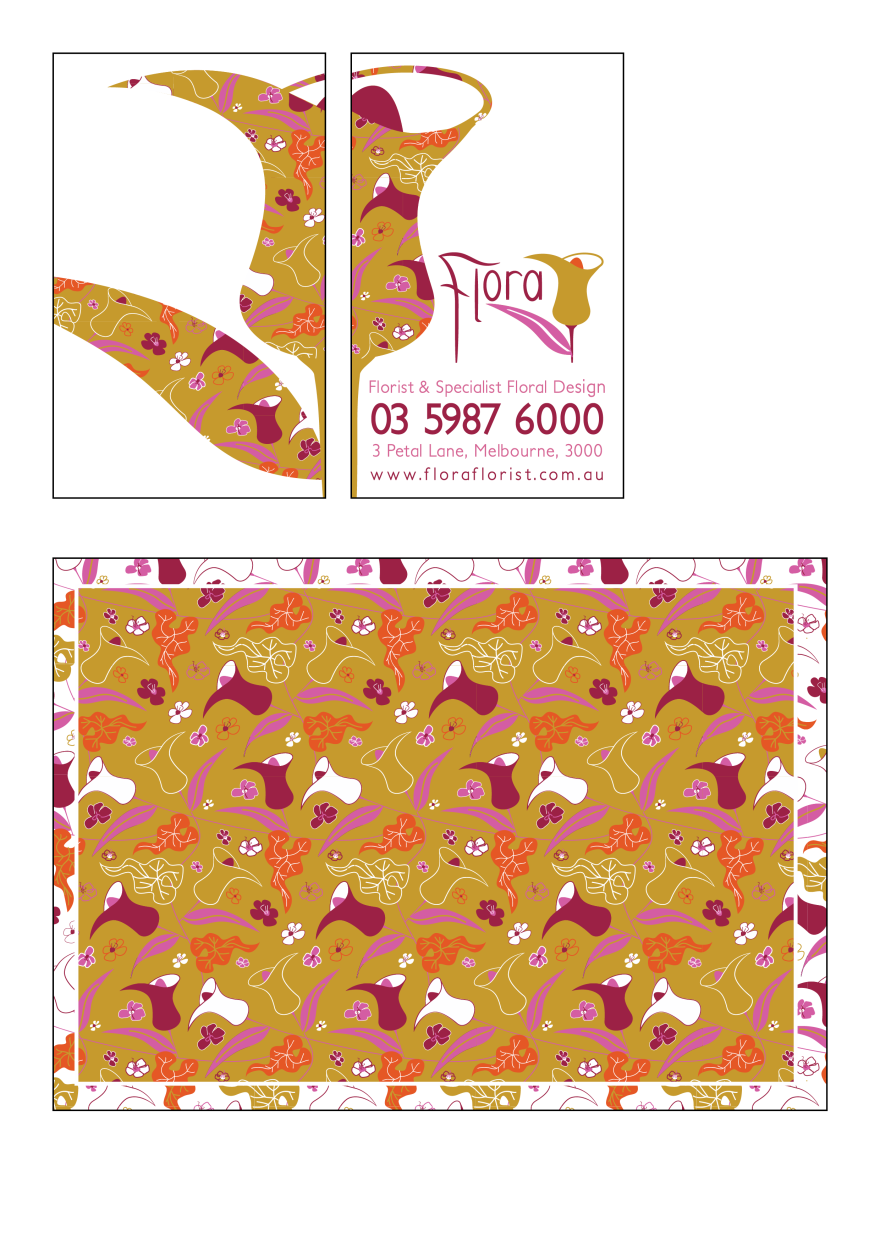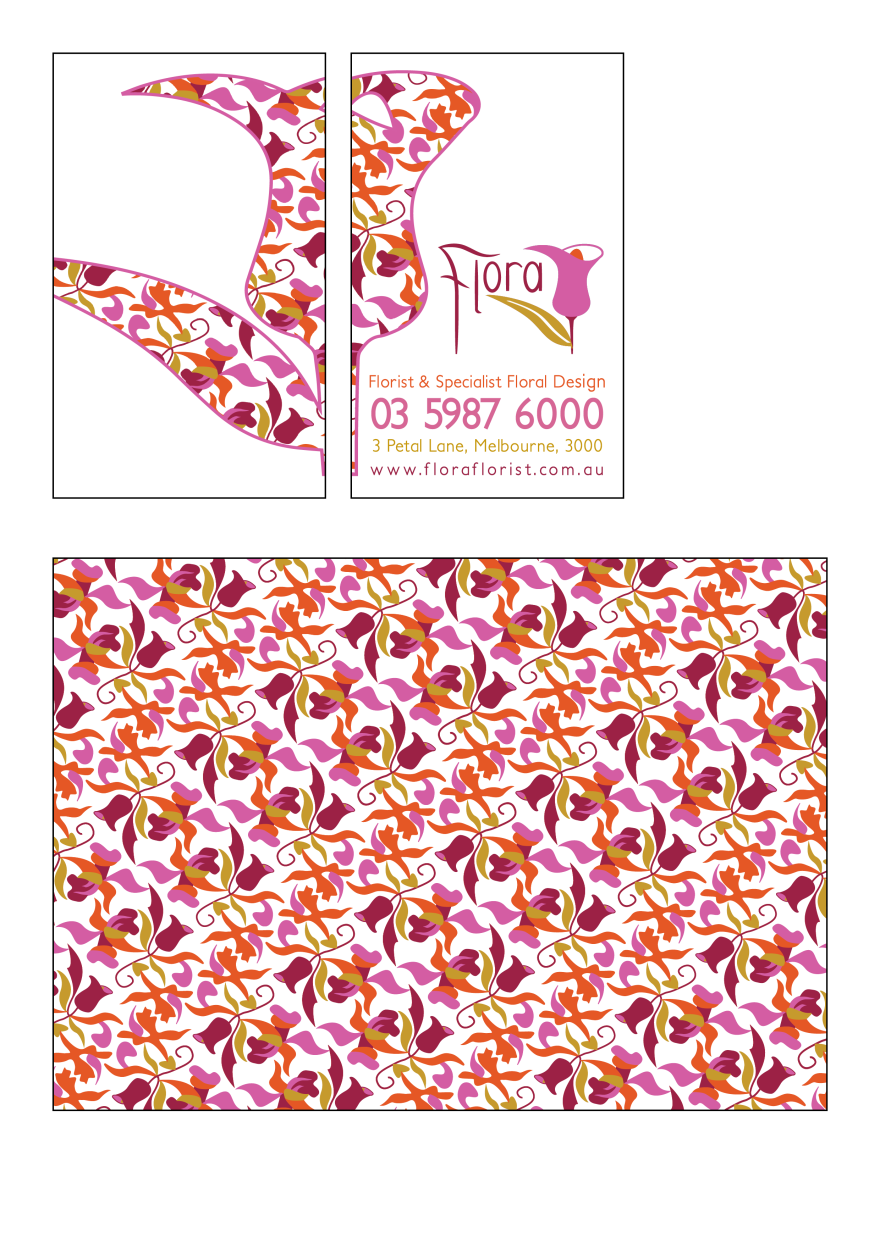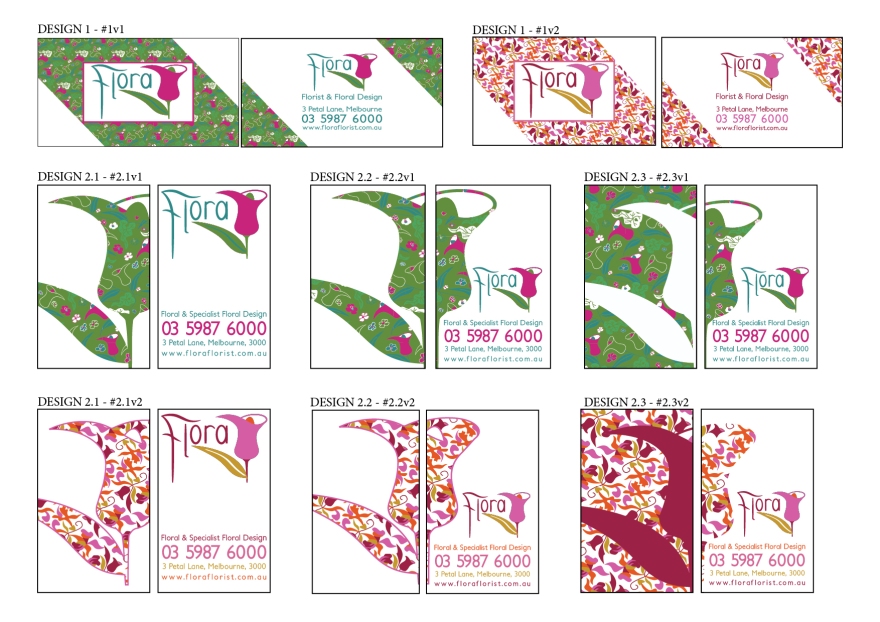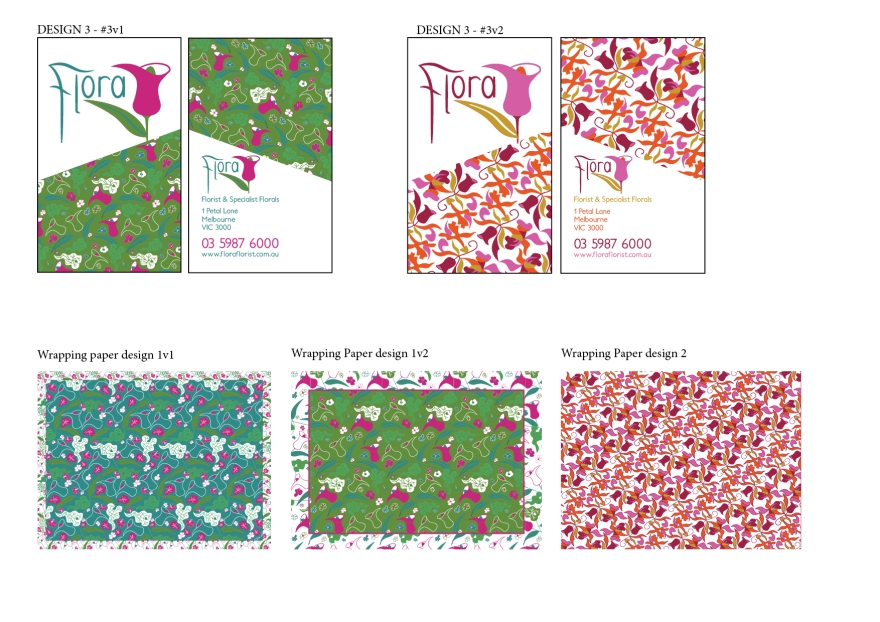Neo-Expressionism was a late-modernist, early post-modern art movement that emerged in the late 1970s as a reaction to the overt simplicity and stylisation of Conceptual & Minimalist art works. Its origin is attributed in the main to George Baselitz, a German artist who led a revival of German art in the 1970s in an attempt to revive the damaged German national identity following WWII3.
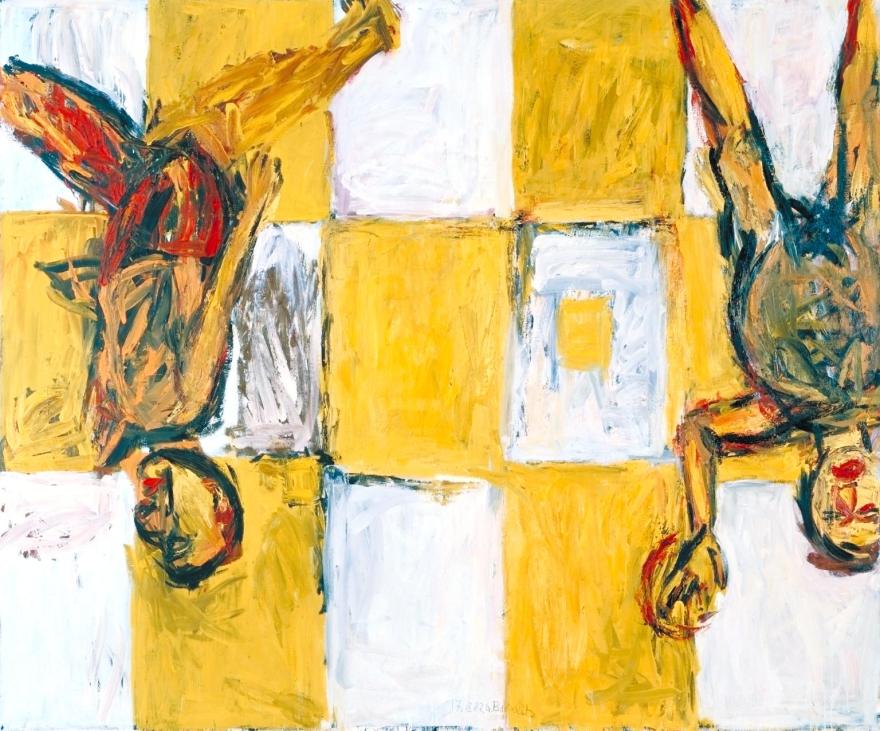
Neo-expressionism was characteristed by large scale works that were extremely expressive, usually featuring vivid colours and tangible textures. The focus was on emotional expression, or arousing an emotional response: Brush stokes were visible, paint thickly applied, colours did not necessarily reflect the true state of the object; and the subject matter was often shocking in some sense: aggressive, erotic or addressing the darker side of human nature. Baselitz’s “Die Grosse Nacht im Eimer” (“The Big Night Down The Drain”) for instance, provoked outrage when it was unveiled at Baselitz’s first solo exhibtion; the work being declared as “obscene”.7
Neo-expressionists embraced historical and mythical imagery. Their work offered a refreshing change from the emotional detachment of Minimalism, a fact that was initially respected by critics. However, critics of the movement soon rejected the works as “regressive” and “traditional”, with a negative connotation”5. There was, also, an anti-feminist undertone that was not well received in an era in which the so-called second wave of feminism was occurring. Indeed, women were notably absent from key exhibitions that occurred during this time, including the acclaimed works of Elizabeth Murray and Maria Lassnig. This, coupled with the fact that works of this ilk were linked to a sudden boom in the commercial art market in the 1980s, meant that the authenticity of the art was inevitably brought under scrutiny.
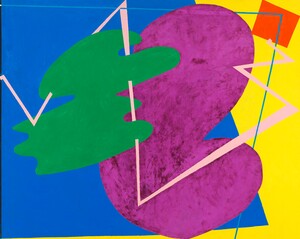
‘What came through in the work was a self awareness of the attempt to make a splash rather than an authentic investigation into cultural or psychological states. It was almost as if they were mocking expressionism by seeing how far they could push ugliness and bad painting”.6 Aimee Zvinakis, 2016.
Neo-expressionism, it seems, was viewed as a superficial entity, one that had no substance, no real message to convey. Yet, on reviewing the work of the time, I am forced to ask “Why?”. No doubt there were multitudes of artists seeking to ride the commercial wave at the time, but surely that would be the case with every art movement, genre, or style that occurred in the moment? Yet there is clear evidence that a number of key artists, from Francesco Clemente, and Julian Schnabel to Enzo Cuccin and Sandro Chai, produced some notable and beautiful work that was both thought provoking and considered. The work of Jean-Michel Basquiat, for instance, whose work epitomises the style, exemplifies the point:
“He had a special talent to take all the street energies and translate them into high art”, Robert Farris Thompson.

However, even during an interview in the documentary “Jean-Michel Basquiat – The Radiant Child”13 Basquiat, himself, was not able to articulate the messages behind his own work, perhaps giving credence to the assertation that Neo-Expressionism was a meaningless manifestation of commercialisation. Yet, perhaps, the critics were too quick to judge: The images that Basquiat painted clearly did have a message behind them since the majority reflected the story of the life and experiences that he, as a young black artist in New York, had experienced. Much of his work carried a political message too. “Natives carrying some guns, bible, amorities on safari” was clearly a reaction in part to the growing disquiet Basquiat had about how black people were often treated differently to their white counterparts.
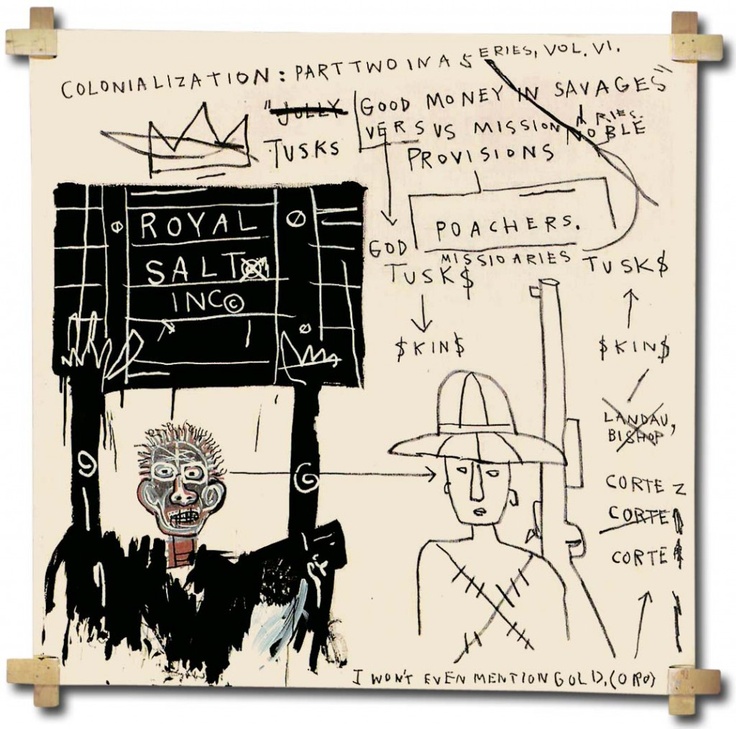
In particular, this can be seen in his reaction to the negative, often racist, reviews he started to receive about his work. “…If I was white, they’d just say “artists in residence” “ he stated, when asked to comment on reports that he was locked into the basement to work.
“They’re all mercenaries… trying to make as much money as they can, as fast as they can”, Basquiat, 1986.
Despite Basquiat’s clear talent, he, for one, was never properly recognised by many as anything more than a graffiti artist: Indeed, the Oxford Dictionary of Art & Artists labels him a “street artist” whose work is “merely novel”.
The influences of Neo-Expressionism can still be readily evidenced today across many medias.
David Hockney’s “Current” exhibition at NGV, Melbourne, is clearly influenced by Neo-expressionism: Much of Hockney’s work is created in large proportions, textured brush strokes are obvious, and colours are loud and deliberately garish. There is also a distinctive rudimentary execution apparent across much of Hockney’s work, a manifestation of the digital medium he has pioneered in his work, but which is readily comparable with work from the Neo-Expressionist era.

Lesser known artists also draw influence from this era. Matthew Clarke, for instance, is a local Victorian artist who is currently exhibiting his “Wallabies Republic” work in the Mornington Peninsula Regional Gallery. His linocuts of wallabies, which he uses as an outlet to express his own emotions, reflect the work of Basquiat’s later large scale canvas’.

Further modern day evidence can be found on CD covers such as, For Minor – the Rising Tied and “The Roots, Game Theory”, the latter of which depicts the image of a stick figure hangman, drawn in typical Neo-Expressionistic crudeness. The XTC Drums & Wires CD cover, is reminiscent of Elizabeth Murray’s “Children Meeting”, featuring a limited number of organic shapes in large blocks of vivid, flat colour.
Book covers such as Ferne Cotton’s “Happy” utilises the idea that colours, texture and, to some extent, freedom of expression with the paint brush, can be used to reflect emotion. Even children’s books, like “Yummy” by Lucy Cousins, featuring a simple, child-like drawing of a wolf, can be likened to Neo-Expressionism in a more modern form.
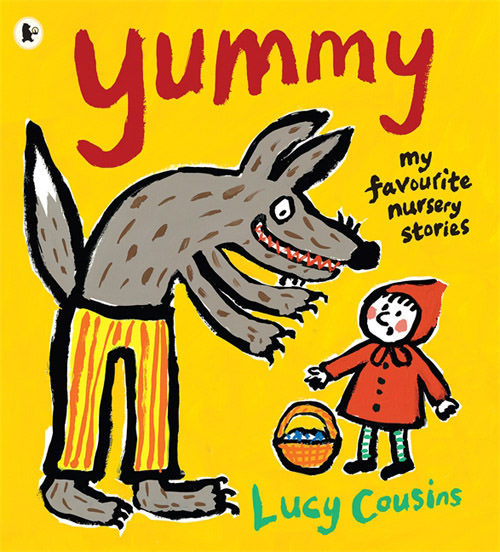
Whatever the view of Neo-Expressionism, and whether or not the critics like it, its influence and contribution to art is a tangible entity and a source of inspiration.
Bibiography:
1Author & Date unknown. “Neo-expressionism”. [online]. Available at https://en.wikipedia.org/wiki/Neo-expressionism
2Wolf, J (2017). “Neo-Expressionism Movement Overview and Analysis”. [Online]. Available at http://www.theartstory.org/movement-neo-expressionism.htm
3 The Art Story Contributors, (2017). “Georg Baselitz Artist Overview and Analysis”. [Internet]. 2017. http://www.theartstory.org/artist-baselitz-georg.htm
4Kordic, A (date unknown). “10 Masterpieces of late neo-expressionism art movement”. [Online]. Available at http://www.widewalls.ch/neo-expressionism-art-movement/
5 Natalie P and Nadia Herzog, (date unknown). “Was Neo-Expressionism just a trend of the Art World”. [Online]. Available at http://www.widewalls.ch/neo-expressionism-art-movement/
6 Zvinakis, Aimee, & Revermann, Brian (2016). “The Eclectic Eighties part 1 – Neo-Expressionism”. Youtube clip viewed 10 March 2017. < https://www.youtube.com/watch?v=BSJi1FRnhfQ>.
7 Rosenthal, N (2007). “Upside Down World”. [Online]. Available at https://www.theguardian.com/books/2007/sep/22/art.art
8 Baselitz, G. (1963). “Die große Nacht im Eimer”. [Fomat]. Available at https://en.wikipedia.org/wiki/Die_große_Nacht_im_Eimer
“Oxford Dictionary of Art & Artists”
9 Hockney, D (Date Unknown). Paintings from Current exhibition photographed by Boxall, C.
10 Murray, E (1978), “Children Meeting”. [Format]. Available from http://collection.whitney.org/object/2896
11 Cousins, L (2009) “Yummy: Eight Favourite Fairy Tales”. [Format]. Available from https://www.amazon.com/Yummy-Eight-Favorite-Fairy-Tales/dp/0763644749
12 Allen, D (1984). “The rude painting, or Michael and Me”. [Format]. Available from http://www.aasd.com.au/index.cfm/list-all-works/?concat=allendavid&order=1&start=51&show=50
13 “Jean Michel Basquiat – The Radiant Child”, viewed 10 March 2017, available from https://www.youtube.com/watch?v=jvrwT3Nrb3s
14“Jean Michel Basquiat 1985 Interview” and “What makes you angry?” viewed 10 March 2017, available from https://www.youtube.com/watch?v=mwBw-BXlHuo
15 Clarke, M (date unknown). “Story of the Wallaby and the Washing Line”. [Format]. Available at Mornington Peninsula Regional Gallery and online at http://artguide.com.au/exhibition/matthew-clarke-wallabies-republic
16 Def Jam Recordings (date unknown). “The Roots – Game Theory” CD album cover. Available from https://en.wikipedia.org/wiki/File:Gametheorycover.jpg
17 Rubenstein, R (2013). “Neo-Expressionism not remembered”. [Online]. Available at http://www.artinamericamagazine.com/news-features/magazine/neo-expressionism-not-remembered/
18 Basquiat, J (date unknown) “All covered cast”. [format]. Available at http://articulo.mercadolibre.com.ar/MLA-616272815-cuadro-basquiat-reproduccion-digital-en-tela-canvas-_JM
19 Baselitz, G (1982), “Adieu”. [Format]. Available at https://artuk.org/discover/artists/baselitz-georg-b-1938
20 Baselitz, G (1982), “Natives carrying guns, bible, amorities on safari”. [Format]. Available from https://au.pinterest.com/hanft/jean-michel-basquiat/
SaveSave
